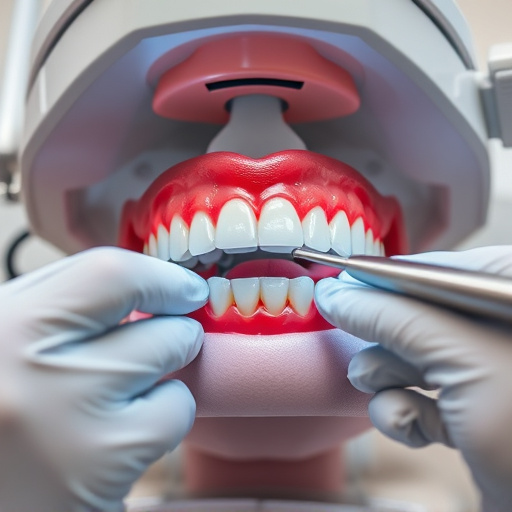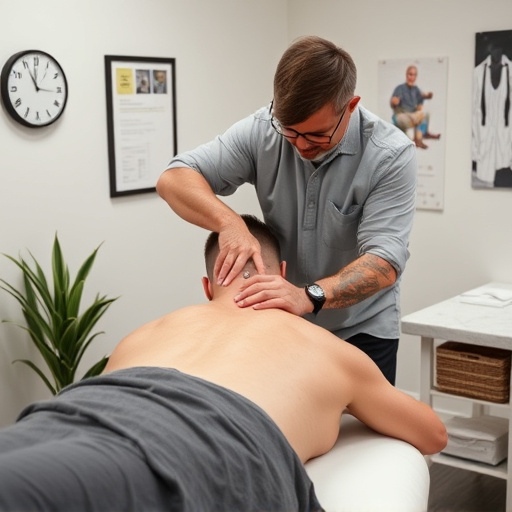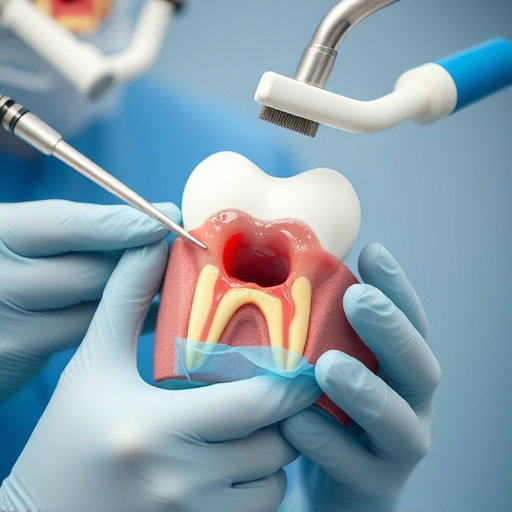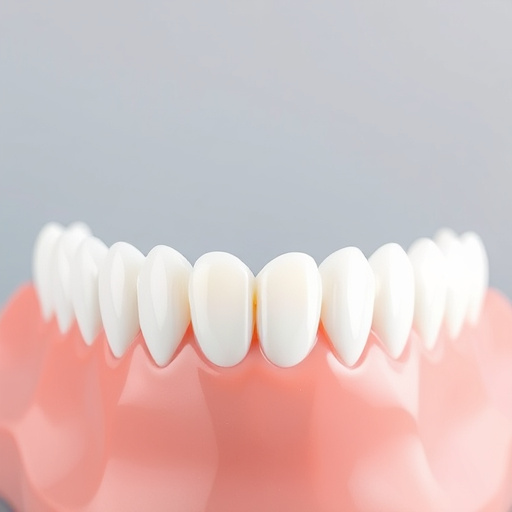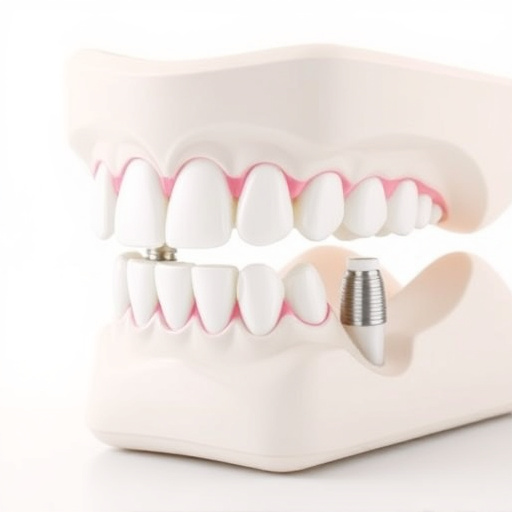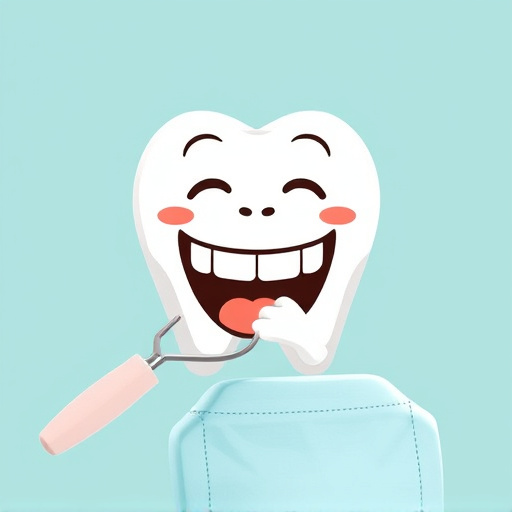Oral cancer screening during regular dental check-ups is vital for early detection, leading to better treatment outcomes. By identifying lesions, patches, and other signs, dentists can save lives through timely intervention, offering restorative dentistry procedures including dental implants. Advanced screening methods provide detailed information for tailored treatment plans, minimizing invasiveness and recovery times, improving patient outcomes and quality of life.
Oral cancer screening is a powerful tool that can significantly impact treatment outcomes. By detecting cancers at their earliest stages, healthcare professionals can initiate effective interventions promptly. This article delves into the crucial aspect of oral cancer screening, exploring risk factors, early signs, and advanced techniques. We discuss how timely detection through regular screenings leads to improved treatment success rates, emphasizing the vital role it plays in saving lives and enhancing patient well-being.
- Understanding Oral Cancer: Risk Factors and Early Signs
- The Role of Screening: Detecting Cancers at Their Earliest
- Improved Treatment: Benefits of Early Intervention and Advanced Techniques
Understanding Oral Cancer: Risk Factors and Early Signs
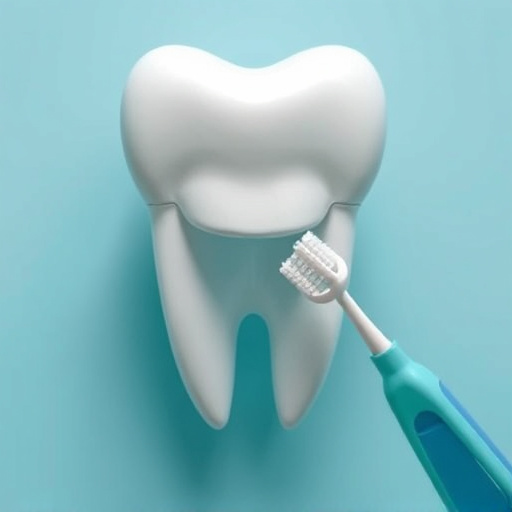
Oral cancer, a type of cancer that develops in the mouth or throat, is a serious condition with significant implications if left undiagnosed. Understanding its risk factors and early signs is crucial for effective prevention and treatment. Several elements contribute to one’s likelihood of developing oral cancer, including tobacco use, excessive alcohol consumption, age (with incidence increasing with age), and a history of prior cancer. Additionally, certain genetic conditions and exposure to specific viruses can elevate the risk.
Recognizing the early signs is vital for prompt action. These may include unusual lesions or sores in the mouth that do not heal within two weeks, red or white patches on the gums, tongue, or lips, persistent hoarseness, difficulty swallowing, or unexpected weight loss. Regular visits to a family dentistry or cosmetic dentistry practice can facilitate timely oral cancer screening, including thorough teeth cleaning and examination, which play a significant role in early detection and ultimately lead to better treatment outcomes.
The Role of Screening: Detecting Cancers at Their Earliest
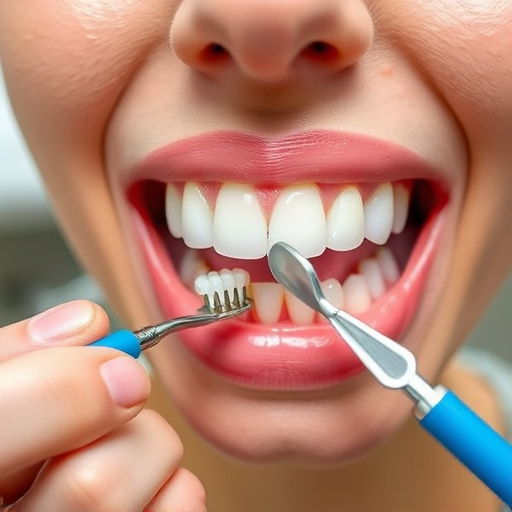
Early detection is key when it comes to improving treatment outcomes for any type of cancer, and oral cancer is no exception. This is where the role of oral cancer screening becomes pivotal. By implementing routine oral exams as part of regular dental check-ups, dentists can identify potential cancers at their earliest stages. This early intervention allows for more effective treatment options, often resulting in better patient outcomes.
Oral cancer screening is a simple yet powerful tool that can save lives. During these screenings, dentists look for any unusual lesions, ulcers, or red and white patches inside the mouth. These signs could be indicative of cancerous cells. Detecting oral cancer early provides patients with more options for treatment, which may include dental implants as part of reconstructive surgery, and often leads to more successful outcomes in comparison to late-stage diagnoses.
Improved Treatment: Benefits of Early Intervention and Advanced Techniques
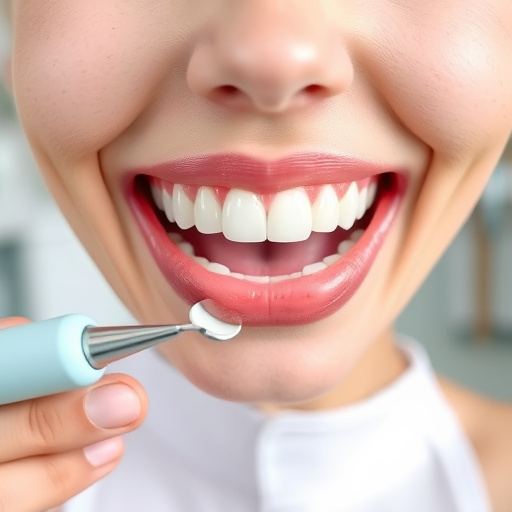
Early detection through oral cancer screening plays a pivotal role in enhancing treatment outcomes. By identifying potential abnormalities or cancerous cells at an early stage, dental professionals can initiate restorative dentistry procedures with greater precision and effectiveness. This not only improves the chances of successful treatment but also minimises the need for extensive interventions later on. Techniques like dental bonding and wisdom tooth removal become more manageable when oral cancer is caught in its nascent phase, ensuring better patient outcomes and a higher quality of life.
Advanced screening methods allow for a more comprehensive evaluation, enabling dentists to pinpoint exact locations and extents of any anomalies. This detailed understanding facilitates tailored treatment plans, incorporating modern restorative dentistry approaches. As a result, patients stand to benefit from less invasive procedures and faster recovery times, all contributing to improved overall health and well-being.
Oral cancer screening is a powerful tool that can significantly improve treatment outcomes. By identifying potential cancers at their earliest stages, healthcare professionals enable more effective and less invasive treatments. This article has explored the importance of understanding risk factors, recognizing early signs, and leveraging advanced techniques for a better, brighter future in oral cancer care. Regular screenings are key to navigating this complex landscape, ensuring folks receive prompt and tailored interventions.


